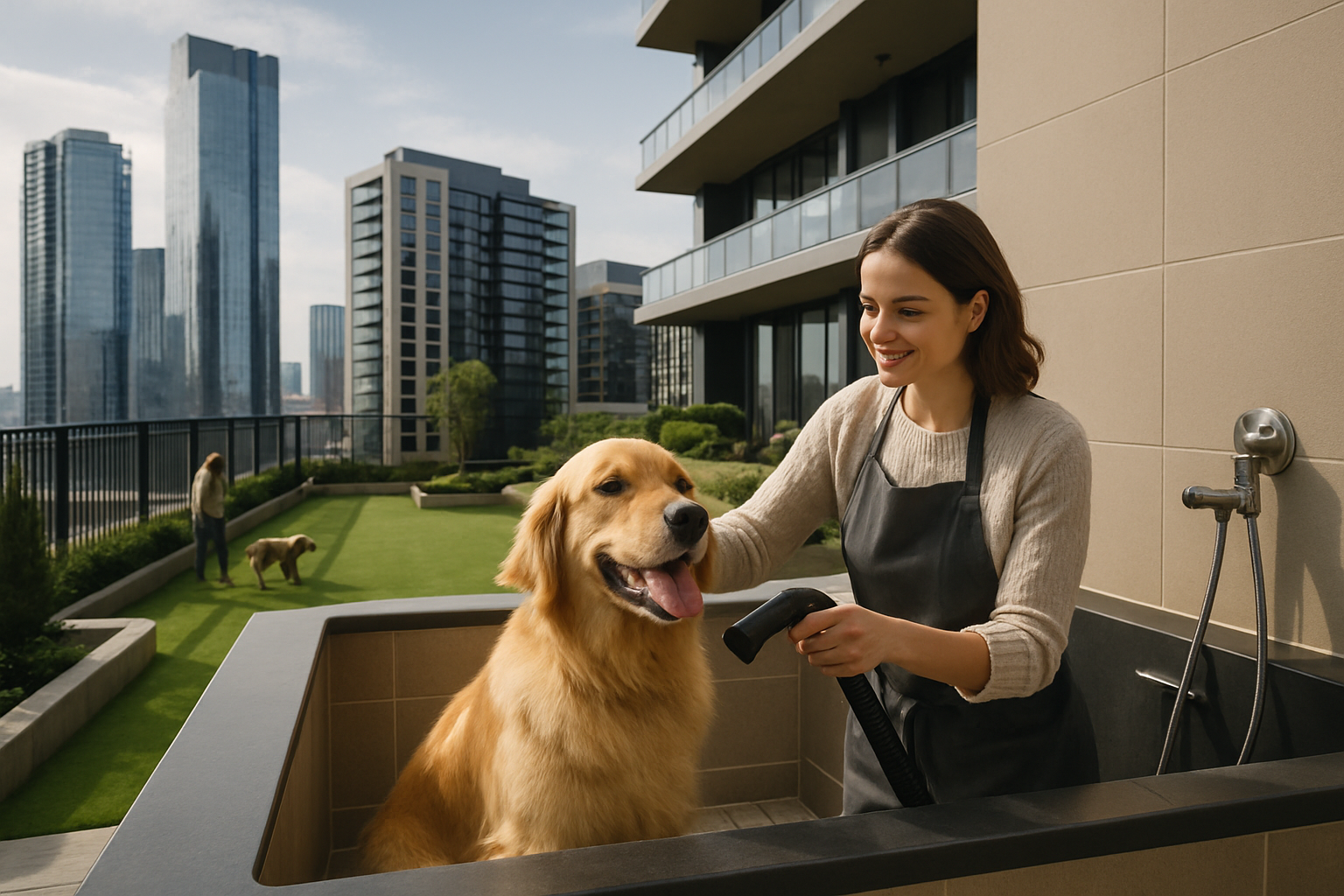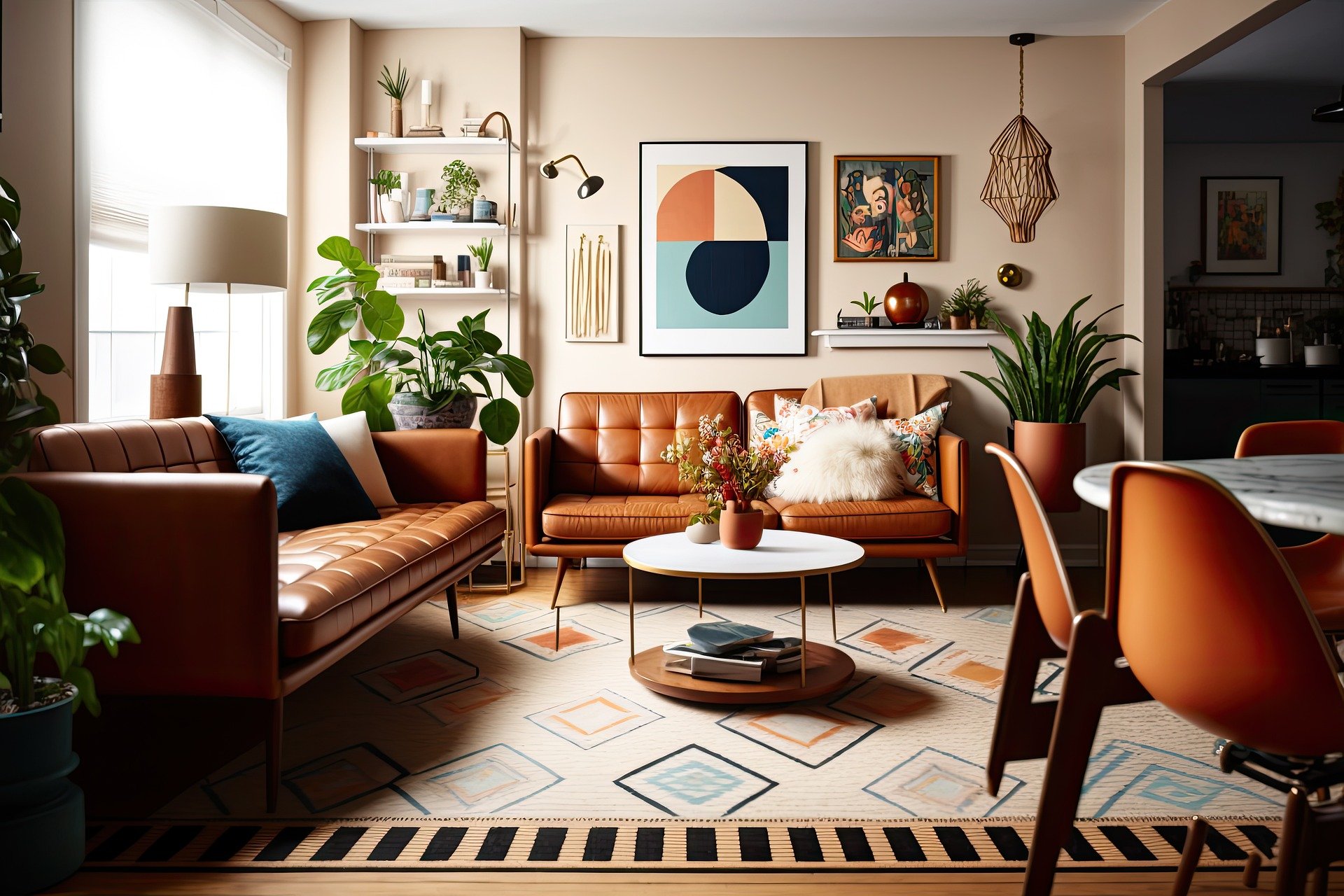Luxury Pet-Centric Real Estate: The New Frontier in High-End Housing
The real estate market is witnessing a surge in demand for luxury pet-friendly properties. This emerging trend reflects a shift in homeowner priorities, with pet amenities becoming a crucial factor in high-end property selection. From state-of-the-art grooming stations to private dog parks, the luxury pet-centric real estate sector is redefining what it means to live in style with our furry companions.

High-end developers are now incorporating pet-specific features as standard offerings in luxury buildings and communities. These amenities go far beyond basic accommodation, often rivaling human-focused luxuries in their sophistication and attention to detail. The result is a new category of real estate that caters to the discerning pet owner who views their animal companions as integral family members deserving of the same level of comfort and indulgence.
Innovative Pet Amenities Redefining Luxury Living
At the forefront of this trend are innovative pet amenities that were unheard of just a few years ago. Luxury properties now boast dedicated pet spas with hydrotherapy tubs and professional grooming stations. Some high-rise buildings have introduced rooftop dog runs with artificial turf and irrigation systems to ensure a clean, safe play area for canine residents.
Indoor amenities are equally impressive, with climate-controlled pet lounges, daycare facilities, and even pet concierge services becoming commonplace in upscale developments. These features not only cater to the pets physical needs but also address the social aspect of pet ownership, creating communities where both humans and animals can thrive.
The Financial Implications of Pet-Centric Real Estate
From an investment perspective, the pet-centric luxury real estate market presents intriguing opportunities. Properties with extensive pet amenities often command premium prices, with some analysts reporting up to a 10-15% increase in value compared to similar non-pet-focused properties. This price differential reflects the growing willingness of pet owners to pay more for accommodations that cater to their animals needs.
For developers and property managers, the initial cost of implementing pet-friendly features is often offset by higher occupancy rates and increased tenant satisfaction. The pet-centric approach also opens up new revenue streams through pet-related services and partnerships with local pet businesses, contributing to the overall profitability of these developments.
Challenges and Considerations in Pet-Centric Development
While the demand for pet-centric luxury properties is on the rise, developers face unique challenges in implementing these features. Balancing the needs of pet owners with those of non-pet-owning residents requires careful planning and management. Noise control, allergy considerations, and maintaining cleanliness in common areas are just a few of the issues that need to be addressed.
Zoning laws and local regulations can also pose hurdles, particularly in urban areas where space is at a premium. Developers must navigate these restrictions while still delivering on the promise of pet-friendly luxury living. This often requires innovative design solutions and close collaboration with local authorities to create spaces that benefit both human and animal residents.
The Future of Pet-Centric Luxury Real Estate
As the pet-centric real estate trend continues to gain momentum, industry experts predict further innovations in this space. Smart home technology specifically designed for pet care, such as automated feeding systems and health monitoring devices, is likely to become more prevalent in luxury properties. Additionally, the concept of pet-inclusive design is expected to expand beyond individual buildings to encompass entire neighborhoods and communities.
The future may also see increased specialization within the pet-centric luxury market, with properties catering to specific types of pets or offering rare amenities like equestrian facilities in urban settings. As the line between pet care and human luxury continues to blur, the real estate industry will need to adapt and innovate to meet the evolving demands of pet-loving homeowners.
Impact on Urban Planning and Community Development
The rise of pet-centric luxury real estate is not just changing individual properties; its influencing broader urban planning and community development strategies. Cities are recognizing the importance of pet-friendly spaces in attracting and retaining residents, leading to the creation of more dog parks, pet-accessible green spaces, and pet-friendly businesses in urban areas.
This shift is reshaping neighborhoods and creating new focal points for community interaction. Pet-centric amenities are becoming gathering places, fostering connections between neighbors and contributing to a sense of community cohesion. As a result, areas with robust pet-friendly infrastructure are seeing increased foot traffic, improved local business performance, and enhanced overall livability.
The Role of Technology in Pet-Centric Real Estate
Technology is playing an increasingly significant role in the development and management of pet-centric luxury properties. From sophisticated building management systems that track pet activity and preferences to mobile apps that allow owners to book grooming appointments or monitor their pets while away, tech integration is enhancing the pet ownership experience in these high-end settings.
Some luxury developments are even exploring the use of artificial intelligence and machine learning to optimize pet-friendly spaces. These technologies can analyze usage patterns to inform design decisions, predict maintenance needs, and even personalize environments based on individual pet behaviors and preferences.
Marketing and Branding in the Pet-Centric Luxury Sector
The unique nature of pet-centric luxury real estate presents both challenges and opportunities in marketing and branding. Developers and property managers are finding success by emphasizing the emotional connection between pets and their owners, positioning their properties as havens for the entire family, including its four-legged members.
Targeted marketing campaigns often feature pet-focused amenities prominently, using high-quality visuals and storytelling to appeal to pet owners emotional investment in their animals well-being. Some luxury developments have even gone as far as creating pet-centric brand identities, complete with mascots and pet-themed events to build community and foster brand loyalty among residents.
Conclusion: A New Paradigm in Luxury Living
The emergence of pet-centric luxury real estate represents a significant shift in how we view the relationship between our living spaces and our animal companions. As this trend continues to evolve, it promises to reshape not only individual properties but entire communities and urban landscapes. For investors, developers, and homeowners alike, understanding and embracing this new paradigm in luxury living will be key to success in the ever-changing real estate market.




